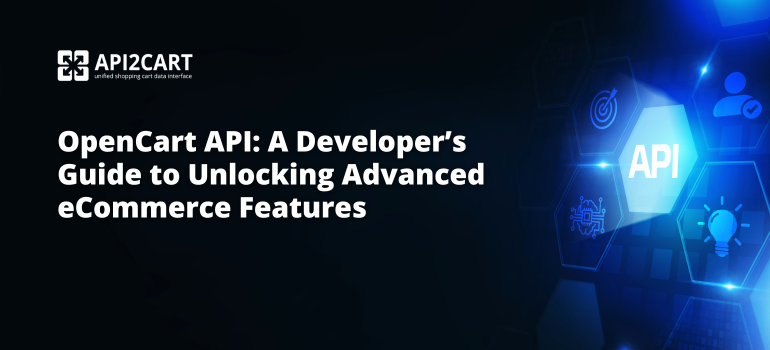
At first, e-retail businesses are organized and set up. Then they grow and start bringing more sales. Then selling goods on the local markets becomes not enough, and ambitious merchants start thinking about trading internationally so that their products could be spotted by buyers from all around the world.
Such retailers, in fact, have a good chance to succeed because there are many potential customers browsing stores and comparing prices on the web at all hours from anywhere in the world. This way, they often discover more cost-effective alternatives from abroad or overseas. Demand for cross-border eCommerce services is in full swing so it might be a good opportunity to build a business around it.
More of the Business Outlook
Cross-border trade solutions help their clients win over customers in different countries the world over by doing a lot of work for them. They translate and then localize and promote their online stores on local marketplaces, search engines, social networks and comparison shopping websites. To make it all flow, you will need to get your ducks in a row.
To put the whole thing together, you will have to overcome a couple of challenges that cross-border eCommerce solutions face. Find each of them examined in turn below.
Challenges, Finally
Inconsistency. Working with eCommerce makes consistency in regulation a desired but nonexistent state of things. The industry thrives, and they change their minds on many issues. For instance, take the matter of state taxes. There is a lively debate over whether to apply them to electronic commerce transactions.
Ignorance of the law excuses not. Different countries have different laws. You will have to be careful with what is allowed to be sold to whom because the age of legal adulthood and specific product requirements vary by country. Even as an eCommerce business, you might be held liable for not meeting those regulations.
Data Feed Specification. As a cross-border trade service, you will localize and promote your clients’ products on different marketplaces and comparison shopping engines. You should be aware of the specific feed requirements to present the items right.
Currency Wheeling and Dealing.Your clients will expect international prices to be calculated automatically. To not leave them dissatisfied, you will have to monitor conversion rates and update item prices whenever currency exchange rates vary. Do not forget that shipping costs are to be adapted as well, no matter whether they are shown as an additional charge or included in the price of a product with ‘free shipping’.
Ich verstehe Sie nicht. Don’t speak German? So could your clients or their customers. But it shouldn’t be their problem. Make your best to reduce the language barrier as much as possible. You could offer built-in translator for received e-mails and personalizable templates in different languages to help the sellers respond. Plus, you should be able to translate keywords and product categories right.
Integrations as Your System’s Best Friends. Your mission will comprise keeping an eye on retailers’ inventory and updating it whenever an item is bought on any of the international channels it is listed on. This implies that order management would be a great feature to offer too.
Basically, retrieving products, categories, prices, orders, customers and other store data is the biggest challenge because most features offered by your solution will require getting and synchronizing this information. You will need to be able to access the databases of merchants’ stores that are located on different shopping carts. This is what makes integration with them necessary for any cross-border trade system.
How to Integrate with Multiple Shopping Platforms Fast
First of all, why fast is almost impossible. Say you are planning to start it all with one popular shopping platform. If you want it to be done good, you will need to find a developer capable of writing a flawless and secure integration that would not skittle thousands of requests away. Be prepared to wait a long while and pay top dollar for the integration elaboration and its further maintenance. And now multiply this by the number of shopping carts you would like to integrate your cross-border trade system with.>
API2Cart offers its unified API that works for 60+ shopping carts as a cost-effective alternative. With one integration performed instead of multiple ones, you can get access to the databases of such eCommerce industry leaders as Magento, Shopify, WooCommerce, BigCommerce, PrestaShop, OpenCart, and X-Cart.
To find out more about API2Cart as a solution to integrate with multiple shopping carts at once, schedule a FREE consultation by clicking on the button below.



